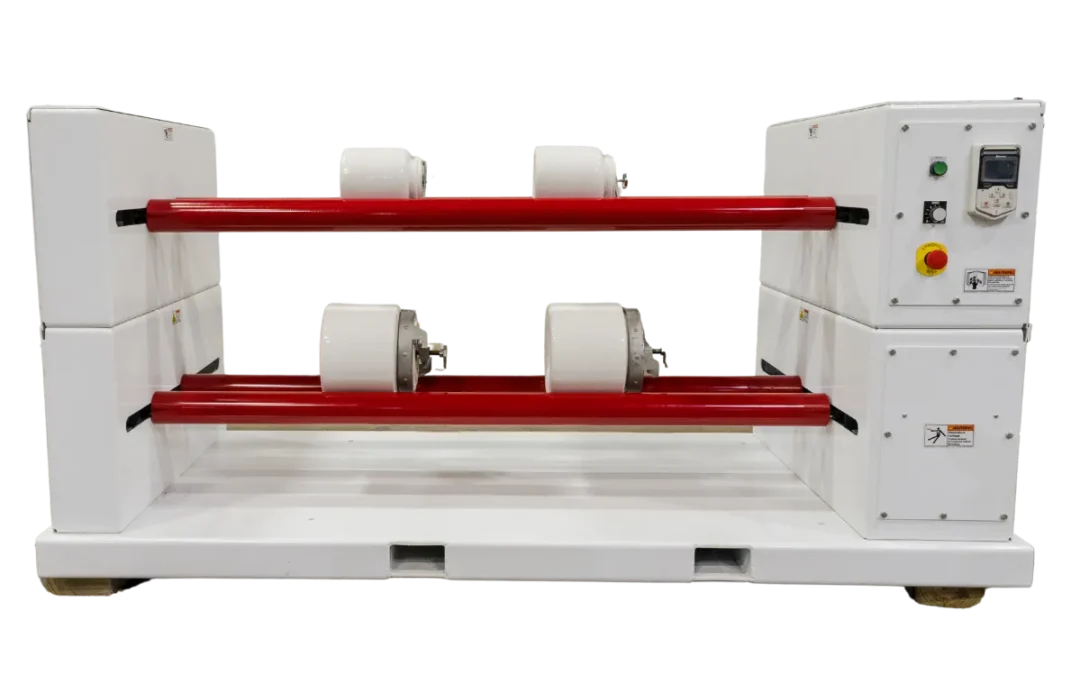Blending and milling techniques play crucial roles in creating sustainable packaging materials, significantly reducing environmental impact in several ways:
Blending Techniques
Blending involves combining different materials to achieve a composite with enhanced properties suitable for packaging. Here are some ways blending contributes to sustainability:
-
- Incorporating Recycled Materials: Blending virgin materials with recycled plastics reduces the need for new raw materials, conserving resources and reducing waste. For instance, blending recycled polyethylene terephthalate (rPET) with virgin PET to create new packaging materials.
- Biodegradable and Biopolymer Blends: Blending biopolymers (like polylactic acid, PLA) with traditional plastics can create materials that are more environmentally friendly while maintaining desired mechanical properties. This helps reduce the persistence of plastics in the environment.
- Improved Mechanical Properties: By blending different polymers or adding fillers, manufacturers can enhance the strength, durability, and barrier properties of packaging materials. This leads to thinner, lighter packaging that uses less material and reduces transportation emissions.
- Reduction of Hazardous Additives: Blending can eliminate or reduce the need for harmful chemical additives. For example, using natural fibers or clay in blends to achieve desired properties without toxic additives.
Milling Techniques
Milling involves the mechanical processing of materials into fine particles. It is essential for producing uniform and high-quality materials for packaging. Here’s how milling contributes to sustainability:
-
- Efficient Material Use: Milling can produce powders or fine particles that are used in precise amounts, reducing waste and ensuring efficient use of materials. This precision helps in creating lighter packaging that meets performance requirements without excess material use.
- Recycling and Reprocessing: Milling techniques can break down post-consumer plastic waste into fine particles for reuse in new packaging. This promotes a circular economy by keeping materials in use longer and reducing landfill waste.
- Enhanced Material Properties: Milling can improve the dispersion of additives and fillers in polymer matrices, resulting in packaging with better mechanical and barrier properties. This can lead to the use of less material overall and longer shelf life for products.
- Compatibility Enhancement: Milling can be used to create finer particles of different materials that can be more easily blended, improving the compatibility of different polymers or additives and resulting in more stable and effective composites.
Examples
-
- Blended Films: Packaging films created by blending PLA with starch or other biodegradable materials can maintain the flexibility and strength needed for packaging while being more compostable.
- Nano-composites: Milling techniques are used to create nano-sized particles of clays or other fillers, which are then blended with polymers to enhance their properties. These nano-composites can offer superior barrier properties, reducing the need for multilayer packaging and making recycling easier.
- Recycled Content in Packaging: Major soft drink brands have used blended materials with a high content of rPET to create bottles, significantly reducing their carbon footprint and promoting recycling.
Blending and milling techniques enhance the development of sustainable packaging by optimizing material use, incorporating recycled and biodegradable components, and improving the overall performance and environmental profile of packaging materials. These advancements help reduce waste, lower carbon emissions, and create more eco-friendly packaging solutions.
Additional Insights
To further emphasize the importance of these techniques, consider the following:
-
- Life Cycle Analysis (LCA): Implementing LCA can help track the environmental impact of packaging from raw material extraction through to disposal. This data can inform better blending and milling practices to minimize ecological footprints.
- Innovative Additives: Exploring the use of innovative, sustainable additives such as plant-based fibers or biochar can further reduce the environmental impact of packaging materials.
- Consumer Education: Educating consumers on the benefits of sustainable packaging and encouraging proper disposal or recycling practices can enhance the overall effectiveness of these sustainability efforts.
By continually improving blending and milling processes, the packaging industry can make significant strides towards a more sustainable future, ensuring that packaging materials not only protect products but also the environment.



